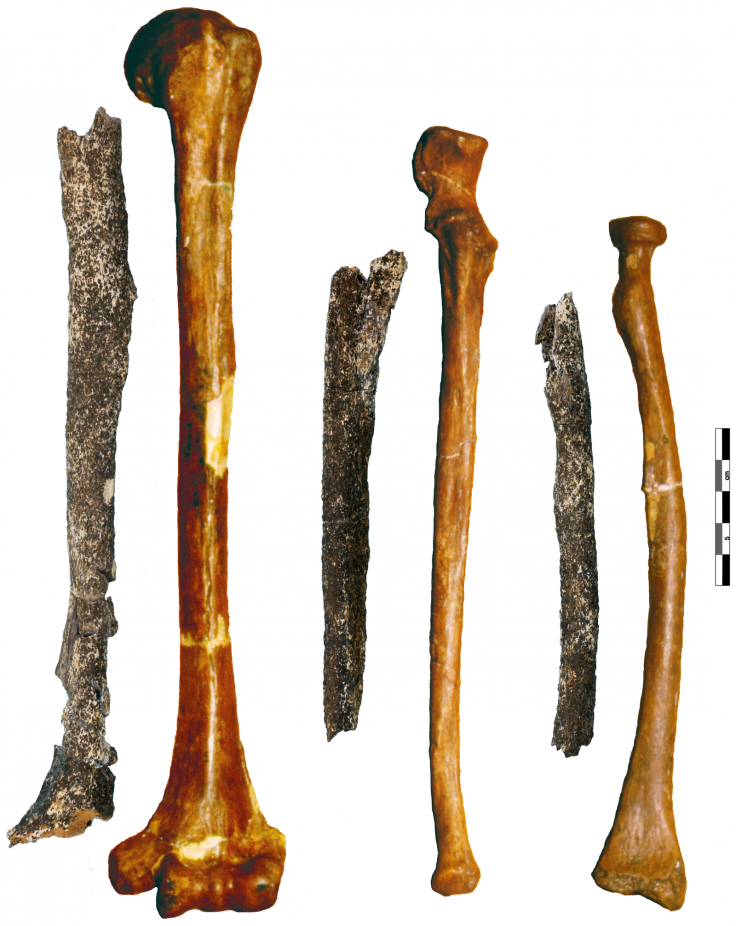Remains of Oldest Ever Pre-Neanderthal Norman Discovered in France

The remains of a 200,000-year-old pre-Neanderthal are 'the only known example from northern Europe' and can help fill in a missing part of the evolutionary timeline, according to researchers.
Three arm bones from the Middle Pleistocene era, were discovered by archaeologists from the French National Institute for Preventive Archaeological Research (Inrap), who published their results in the PLOS ONE scientific journal.
The fossils, a humerus, a radius and an ulna, were found at Tourville-la-Rivière, near Normandy, and are from the left arm of a teenager or an adult, who is thought to be the oldest Norman ever discovered. Other fossils found at the site include the remains of 15 animal species.

Similar finds have been made in the UK and Germany, and scientists are hoping that the discovery in Normandy will fill a gap in the evolution of pre-Neanderthals as "this is a period with very few fossils," according to Bruno Maureille, co-author of the study.
"The analysis tells us that the Tourville man is closer to the Neanderthals than to modern man," said Maureille.
Neanderthals are an extinct species of human, known as Homo neanderthalensis, that died out 39,000 to 41,000 years ago, at the start of a very cold period in Europe and 5,000 years after the first Homo sapiens arrived.
The first Neanderthals were thought to have appeared in Europe, around 200,000 to 250,000 years ago, but the first humans with proto-Neanderthal traits appeared as early at 600,000 years ago.
In their study of the bones, the archaeologists found that the humerus had an unusual bone ridge where a ligament had ruptured, possibly due to repetitive movements such as throwing. According to Maureille, similar bone ridges have been seen in modern-day athletes.
© Copyright IBTimes 2025. All rights reserved.



















